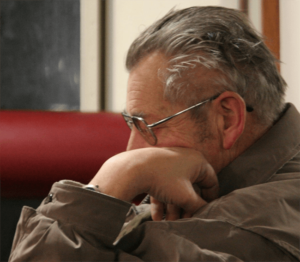by Kayla Sawyer. This article originally appeared on the NICOA blog.
 It is a common misconception that sleep needs decline with age. The Centers for Disease Control and Prevention advises that 61-64-year-olds get seven to nine hours, and adults 65 and older get seven to eight hours.
It is a common misconception that sleep needs decline with age. The Centers for Disease Control and Prevention advises that 61-64-year-olds get seven to nine hours, and adults 65 and older get seven to eight hours.
Unfortunately, as people age they tend to have a harder time falling asleep and more trouble staying asleep. Older people spend more time in the lighter stages of sleep than in deep sleep. They also experience an overall decline in REM sleep and an increase in sleep fragmentation.
One National Institute on Aging study showed that 57 percent aged 65 or older experienced frequent sleeping disruptions. Only 12 percent of those surveyed reported no sleep disruptions. Aging also tends to increase sleep disorders like insomnia, sleep apnea or movement disorders.
Additionally, pain, illness, medical conditions, and even medications may interrupt sleep. Research suggests that much of the sleep disturbance among the elderly can be attributed to physical and psychiatric illnesses and the medications used to treat them.
The winter season can also disrupt your sleep schedule. The long nights and dark mornings confuse our body’s circadian rhythms. The cold air and lack of light impacts our pituitary, which secretes more melatonin to help to regulate the body’s sleep cycles.
You can use bright lights to help with circadian rhythm problems. Find lightbulbs that mimic the sun’s rays and use them to trick your rhythms into staying on track.
Sleep deprivation can increase the risk of depression and heart disease, weaken your immune system, shorten your life span, and lead to long-term issues like memory impairment, weight gain, diabetes and hypertension. To alleviate sleep problems, you can make behavior modifications like going to bed at the same time every night, exercising regularly, and avoiding caffeine, tobacco and alcohol before bed.
The opinions expressed in this article are those of the author and do not necessarily reflect those of the Diverse Elders Coalition.

